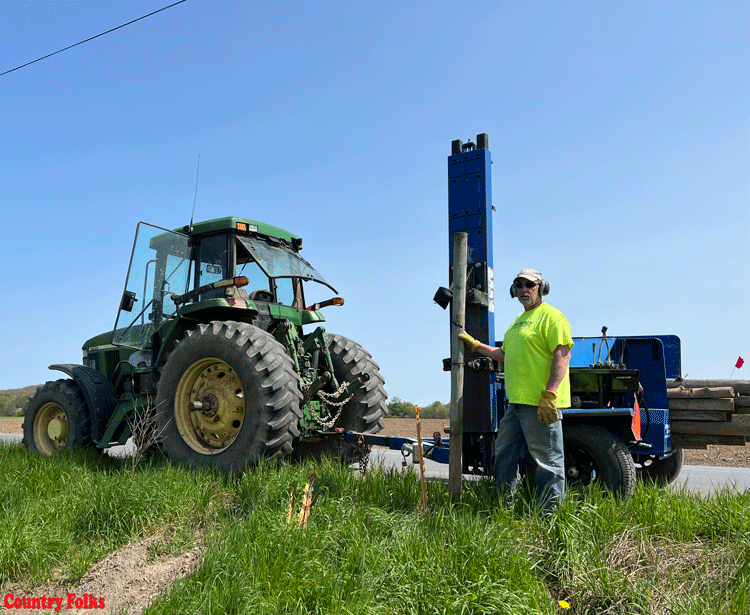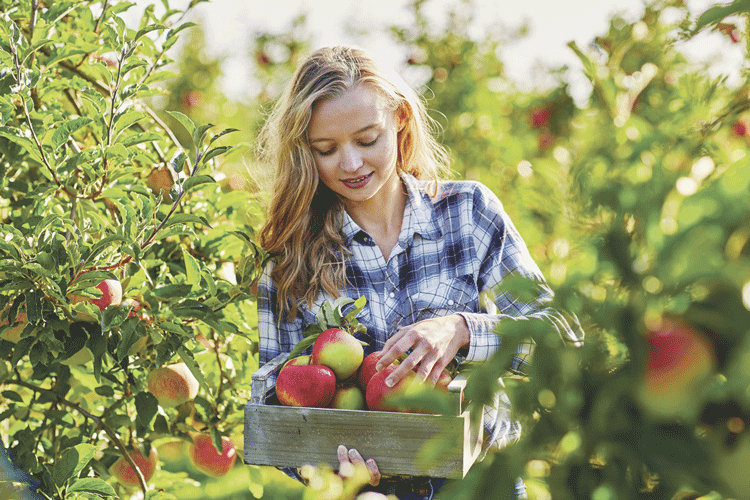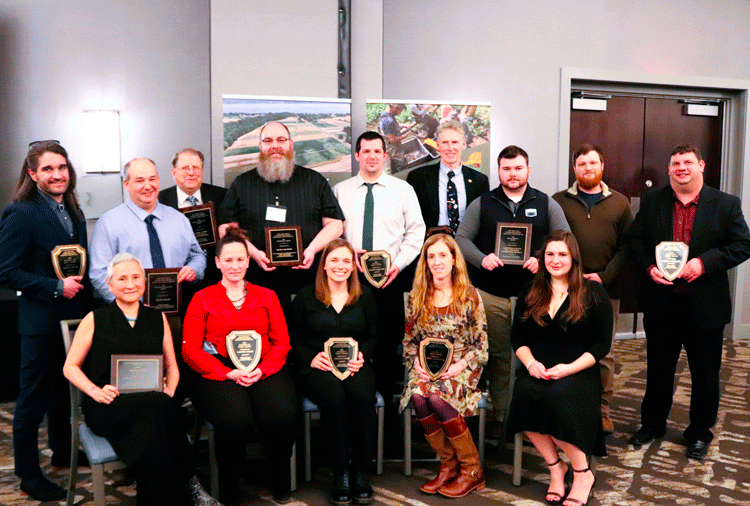 by Sally Colby
by Sally Colby
Dr. Christina Cowger, who conducts scab research at the ARS laboratory in North Carolina, says scab is the trickiest and most intractable fungus that affects grains. But organizations are fighting back in the form of initiatives, informational websites and online tools for farmers.
“The U.S. Wheat and Barley Scab Initiative is funded by the USDA through our budget,” said Cowger. “It started when scab became a huge problem in the upper Midwest in the 1990s. There were devastating scab epidemics of wheat and barley, and it really changed the face of the local communities. Some local towns were shut down because people lost their farms.”
The initiative has brought together stakeholders, farmers, crop consultants, millers, brewers, grain purchasers — everyone who has a stake in finding a research-based solution to the problem.
“A kernel of wheat that is infected with the scab fungus is called fusarium damage to kernel, or tombstone,” said Cowger. “It’s chalky white or grey, shriveled and may be pink. Because of the shriveling, test weights of the crop are lower.” Cowger says scab infections that occur at flowering can cause kernel abortions, which result in lowered yields by blowing kernels out from the back of the combine or by kernels that have been aborted in heads.
The proportion of tombstone kernels is related to the level of mycotoxin present. The specific mycotoxin is deoxynivalenol (DON), or vomitoxin (VOM). “It’s a dirty word when you’re trying to sell wheat that has a lot of VOM it in,” said Cowger. “It causes feed refusal and gastric distress in mammals. It causes gushing in beer when malting barley is even mildly scabbed. The malting industry has zero tolerance for VOM.” Cowger added that the barley industry is currently getting a boost from the growth in craft brewing, but barley growers are now looking for ways to control scab in malting barley.
The fungus that causes scab is Fusarium graminearum, also known as Gibberella zeae. This single fungus affects wheat, barley, oats, rye, corn, triticale and rice. “It’s an unusually wide host range for a fungus,” said Cowger. “It’s an omnivore.” The fungus survives in the crop residue of any crop that is affected by scab, which complicates matters for the farmer trying to manage scab.
What makes scab severe? “In a word, rain,” said Cowger. “We have so much corn debris and debris from other cereal crops all across the landscape throughout the United States that any year can be a scab year; any place can be a scab location.”
The ideal time for scab to invade the plant is during the seven to 10 days leading up to flowering. “If it rains, fungal spores will mature in debris and the spores will be ready when the grain flowers,” said Cowger. “Rain before and during flowering facilitates infection, and rain after flowering makes infection worse.”
Like other fungi, scab thrives in warm temperatures. “But what we find is that moisture trumps temperature,” said Cowger. “If it’s rainy at the right time, you’ll probably get scab.” Cowger explains that the anthers — the part that makes the pollen — are the most susceptible part of the plant, although other parts of the plant can become infected.
Studies in North Carolina showed that infections usually occur five to seven days after mid-flowering. Varieties that have some resistance are vulnerable for about a week. In susceptible varieties and when it’s very rainy, plants are vulnerable for 10 days.
Once the plant is infected, the fungus grows throughout the head, then spreads up or down the central stem. Tombstones, the result of scab spreading to the head, increase during grain fill, especially in very wet conditions. The fungus spreads to the head, infecting more seeds and making more tombstones.
The highest levels of DON, or vomitoxin, are found about two weeks after mid-flowering. “Medium milk/soft dough stage has the highest levels of DON,” said Cowger. “Then DON declines by harvest. When the fungus has stopped producing DON and the grain starts to mature, the fungus is no longer active. The plant may be breaking down some of the DON. The point is that we start with higher levels, then decline.”
So what makes a bad scab year? “Abundant corn or other cereal debris in the landscape, rain before and during flowering, and warm temperatures,” said Cowger. “Susceptible varieties, and extended moisture infection is established will aggravate existing scab infection.”
Cowger says that there is no silver bullet, no single technique to manage scab. “We have to push back at the disease at every point in the crop production cycle and at every decision point,” she said.
One management tool is staggered planting dates; spreading out planting so that fields are flowering at different times to minimize the risk. “If the window of vulnerability is concentrated in two weeks, and you spread out flowering over six weeks, then you’re spreading the risk,” said Cowger. “Try to reduce the likelihood of everything flowering at once. Avoid varieties that are susceptible to scab, and if you plant more than one variety, make sure several are resistant.”
Growers can determine if a variety is scab resistant through a website called Scab Smart. The site maintains data from states that have scab-screening programs.
Another tool for farmers is the Fusarium Head Blight Prediction Center, which allows farmers in 25 states (including the entire northeast) to use the wheat scab tool to access the latest information on scab. This information can then be used to more accurately time spray applications. Cowger says using the map results in about 80 percent accuracy for spray timing.
“Timing is crucial for fungicide application for scab,” said Cowger. “Everyone is familiar with the problem that it’s raining, so there’s high risk for scab, but it’s raining, and we can’t get out in the field and spray for scab because it’s raining.” Farmers should be aware of optimum times to spray various scab-susceptible crops.
The scab initiative program is interested in whether farmers are using prescribed best management practices for scab control. “No single tactic is fully effective,” said Cowger. “Are people adopting best management practices for reducing DON and vomitoxin, and if not, why not? What would help us to help you better?” Cowger says that questionnaires will be distributed to determine what growers are doing in order to help the research community aim research in the correct direction.
For more information about Scab Smart, visit www.scabsmart.org . To use the wheat scab tool, visit www.wheatscab.psu.edu . Information about the U.S. Wheat and Barley Scab Initiative can be accessed at www.scabusa.org











Leave A Comment